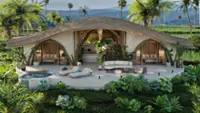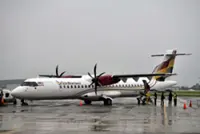In 2016, the first ever McDonald’s outlet in Kazakhstan was opened in the capital, Astana. The businessman who owned the local franchise – one of the richest men in the region, Kairat Boranbayev – then swiftly opened about two dozen outlets across the country, and business was booming.
However, in January 2023, McDonald’s Corp announced that it would be leaving Kazakhstan, which then prompted the closure of all the outlets there. The company cited a severe supply chain issue, caused by the Russia-Ukraine war that had erupted months prior.
Follow us on our official WhatsApp channel for breaking news alerts and key updates!
Kazakhstan
,
Almaty
,
AirAsia X
,
Yurt
,
tourism
,
holiday
,
winter
,
huns ethno-village
,
shymbulak
,
ski
,
snow tourism
,
russia
,
central asia
,
kok tobe
Thank you for your report!





